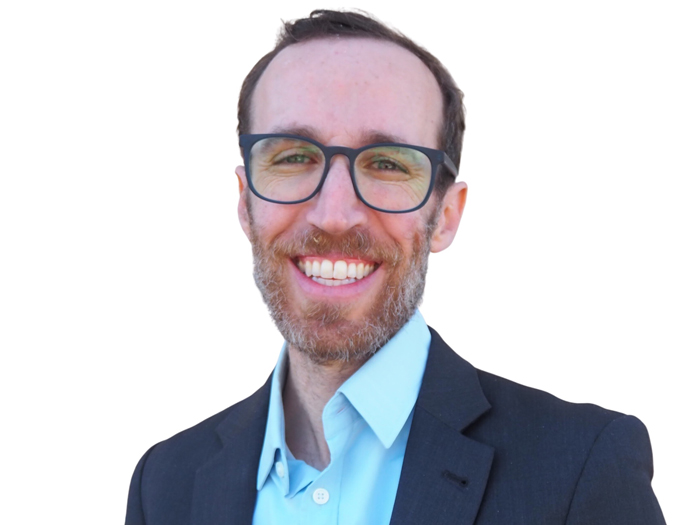Risk Insider: Phil McClure
Therapy: Not Surgery
The medical community is changing its approach to low back pain, forgoing MRIs and aggressive surgeries in favor of first trying physical therapy. A 2015 Fritz et al study showed that patients first sent for MRIs were more likely to receive surgery or injections, require specialty care or visit an emergency room. Their low back pain-related charges averaged $6,193, which was $4,793 higher than patients who received physical therapy before imaging.
The traditional biomedical model suggests that pain reflects a structural problem and fixing the problem will eliminate or reduce the pain. When physicians saw a herniated disk on an MRI. for example, they assumed it was causing the pain.
However, surgery does not always alleviate pain. Many people have herniated disks with no symptoms.
There may always be some residual weakness, but unless the patient is a major-league pitcher or lifting roof shingles overhead every day, 80 percent capacity is usually enough.
Newer findings indicate that low back pain cannot easily be explained by simple pathological anatomy and imaging. Many causes of pain, such as inflammatory cascades, changes in neurotransmitters or psychosocial issues, cannot be imaged.
Similarly, rotator cuff surgery does not always reduce pain, and many people who have tears have no pain at all. Over 50 percent of patients improve significantly without surgery, and this rate is higher when examining only non-traumatic injuries.
While traumatic or acute tears may require surgery, one study by Kuhn showed that six weeks after first participating in an exercise-based physical therapy program, only 25 percent of patients with non-traumatic rotator cuff injuries opted for surgery.
Conservative care can involve multiple treatment paths that work together, including exercise. Most researchers and physicians now believe that appropriate physical training can strengthen the muscles around the shoulder to compensate for deficiencies in the injured or degenerative rotator cuff and preserve functionality.
There may always be some residual weakness, but unless the patient is a major-league pitcher or lifting roof shingles overhead every day, 80 percent capacity is usually enough.
Conservative care of shoulder pain can lead to savings for payers by eliminating the cost of the surgery and related medication and rehabilitation. However, surgeons struggle with deciding which patients need surgery and which will respond to non-operative therapy because there is no consensus in the medical community or clear diagnostic guidelines.
While a conservative surgeon might recommend physical therapy as initial treatment, a more aggressive surgeon may feel the issue needs to be fixed before it gets worse.
These challenges mirror those seen several years ago with low back pain. Today conservative care is clearly indicated for low back pain and used as the initial treatment path for many patients.
Patient expectations, job satisfaction, social support at home and work, how patients think about disability, and how much diagnostic imaging they’ve received also impact pain and recovery. All of these factors seem to hold true, whether the injury is in the back or shoulder.










